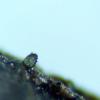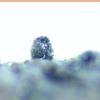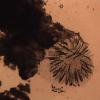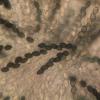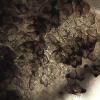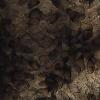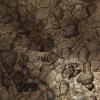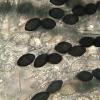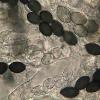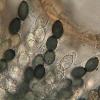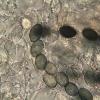
20-01-2015 13:29
 Blasco Rafael
Blasco Rafael
Hola, esta muestra pienso que sea Podospora sp , d

20-01-2015 11:52
 Blasco Rafael
Blasco Rafael
Hola, tengo esta muestra sobre excremento de Conej

19-01-2015 13:43
Garcia SusanaHi all: I found a ascomiceto I think belongs to t

19-01-2015 09:10
 Jean-Louis JALLA
Jean-Louis JALLA
Bonjour à tousJ'ai "du mal" avec cet asco.Récolt

16-01-2015 10:27
Carmen EchavarriHi to allI found this Schizothecium on cow dung.Th
Podospora sp oveja 27-12-14
Blasco Rafael,
20-01-2015 13:29
 Hola, esta muestra pienso que sea Podospora sp , de hay no llego a mas.
Hola, esta muestra pienso que sea Podospora sp , de hay no llego a mas.Sobre excremento de oveja. solo he visto le muestra de la foto y no vale mucho si en proximos dias salen mas intentare hacer mas micro.
Altura 0,51.
apice cubierto de pelos cortos 10--20 x 8--15,
textura pared de globosa a subglobosa.
Esporas con apendices, 16--18 x 10--11
Ascas, solo he podido medir una de 110 x 31.
Un saludo
Rafael
Michel Delpont,
20-01-2015 14:13

Re : Podospora sp oveja 27-12-14
S.vesticola, certainement!.
Michel.
Michel.

